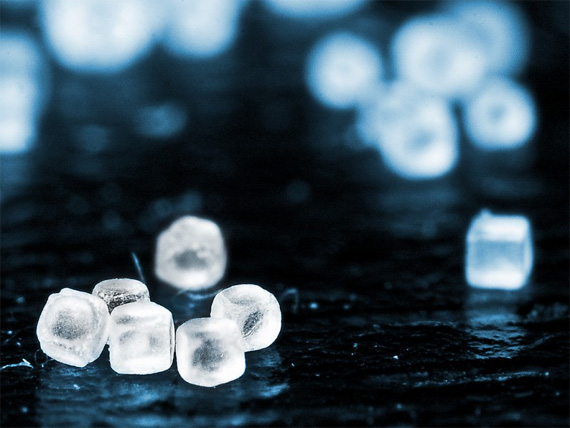Producing a photographic composition that pulls your viewer toward your subject matter demands having an appreciation of shutter speed, lighting, ISO, and aperture. This short article focuses primarily on the last of those.
Beginner photography enthusiasts can be easily confused by aperture. At its simplest, it is defined as the opening of your digital camera’s lens at the moment you take your picture. A lot of digital photography experts think it could be the most significant aspect of creating an engaging shot.
In the following paragraphs, we will describe what aperture is in increased detail and identify how it is calculated. You’ll realize the effect it has on depth of field (DOF), such as the way it is utilized to make photos for different styles of photography. We’ll additionally get a look at the digital camera’s pre-programmed modes in the context of just how they affect the aperture configurations.
How to Use F-Stops
Whenever you’ve framed a photo and clicked the shutter button to record it, a hole in your camera’s lens opens. This particular hole has two uses. First, it lets the image sensor capture the subject and everything inside the area of view. Secondly, it allows light to filter through. A bigger opening makes it possible for more brightness in than a tinier opening. The sizing is calculated with “f-stops” (sometimes called f-numbers).
Many cameras offer many f-stops. You’ll see them listed as f/2.8, f/4, f/5.6, and f/8, or as much as f/22 and over. Every step up the scale cuts in half the aperture size; every notch lower doubles it. The larger the f-number, the lesser the aperture. The opposite relationship regularly confuses newbie photographers, but it might be simpler to remember by thinking of its result on your depth of field.
How Aperture Affects Depth of Field
Your depth of field (DOF) represents how much of your shot is in focus. For instance, suppose you were shooting a landscape photo which includes trees and shrubs inside the foreground and hills in the background. A large DOF would hold both components (i.e., trees and mountains) within focus. A little DOF would preserve a scaled-down focal point in focus whilst allowing the other components to blur. The aperture features a large influence on your depth of field.
A larger opening (i.e. a lesser f-stop) decreases the DOF while a lesser opening raises it. This relationship is easier to bear in mind by recalling that a smaller f-stop translates into a tiny DOF.
We will use our trees and mountains case to clarify the influence of aperture on an image’s depth of field. If you had been to take the shot with an aperture of f/22, the trees and mountains would likely be in focus. On the other hand, were one to use f/2.8, the trees will be in focus when the mountains would be blurred (or the other way round, depending in your focal point).
What Your Camera’s Preset Modes Mean
As mentioned earlier, most digital cameras include multiple f-stop settings. They’re designed into preset modes. For instance, your digital camera likely carries a “landscape” setting that’s preset using a little aperture so that you can grant a great DOF. It additionally probably offers a “portrait” setting which comes using a big aperture to minimize your depth of field.
Most cameras come with an “auto” setting. This particular mode is designed to automatically adapt the f-stop according to the wants of the shot. “Manual” mode will be reverse; it gives you total control over your configurations to fine-tune your photos.
Using Composition to Determine Which Aperture to Use
The style of your photographs plus the subjects you’re shooting play key roles in determining your use of aperture. For example, landscape images typically need to be shot with large f-stops to get elements near and far from your camera into focus. Portraits, on the other hand, as a rule require a smaller f-stop to blur every thing using the exception for this subject. Doing so minimizes distractions.
If you’re new to photography, invest the time to learn how to harness aperture. You’ll find it can have a dramatic effect on your compositions.
About the Author
Our only passion is poster printing (and, for some reason, hair). They have searched the planet for the finest paper, printers, and inks to give you an incredible printing experience. See their site at http://www.PosterBrain.com
Like This Article?
Don't Miss The Next One!
Join over 100,000 photographers of all experience levels who receive our free photography tips and articles to stay current:








Leave a Reply